Together,
Let’s Bring Ideas to Life
Join us in innovation and technology. Let's make an impact together.

Our Methodologies
We use Design Thinking as a human-centered, iterative problem-solving approach to understand user needs, challenge assumptions, and create innovative solutions. This methodology helps us develop practical, user-friendly, and impactful solutions in product development, UX/UI design, and business strategy.
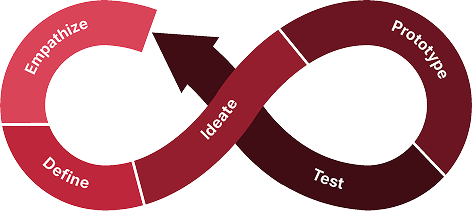
We use Agile to break down complex projects into manageable tasks, ensuring rapid development, continuous feedback, and quick adaptation to changing requirements. This iterative approach allows us to deliver high-quality solutions on time while staying aligned with client goals.
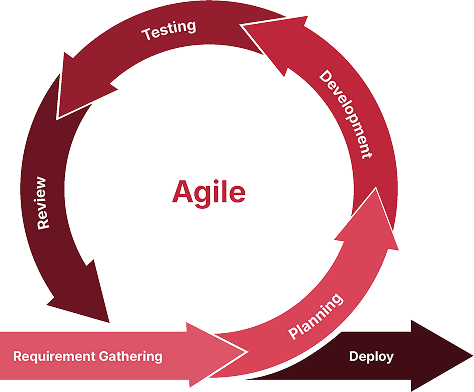
We use Scrum to structure our development process into manageable sprints, ensuring focused efforts, regular progress updates, and quick corrections through daily stand-ups and sprint reviews. This approach promotes accountability, transparency, and continuous improvement throughout the project lifecycle.
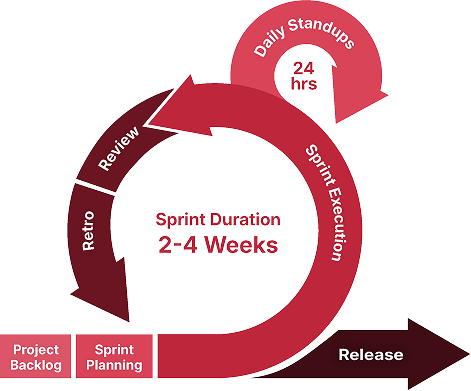
We integrate development and operations to automate workflows, optimize pipelines, and ensure continuous delivery. By using Continuous Integration and Continuous Delivery (CI/CD), Infrastructure as Code (IaC), and intelligent monitoring, we streamline development, improve collaboration, and enhance system reliability.

Explore the stories behind our people, our innovative solutions, and the technologies driving our success.
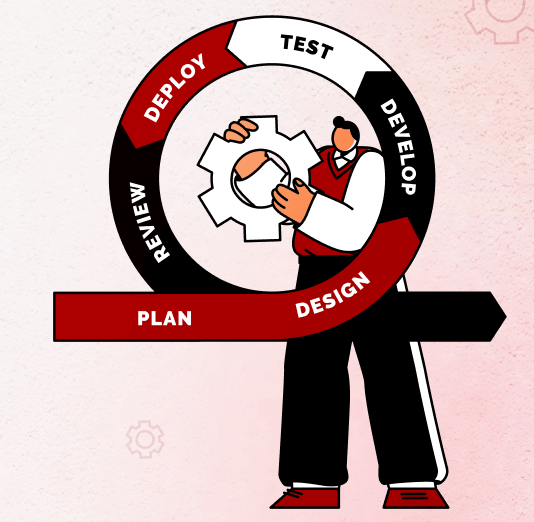
Agile Methodology in IT
The Agile Methodology provides a flexible framework that enhances collaboration...
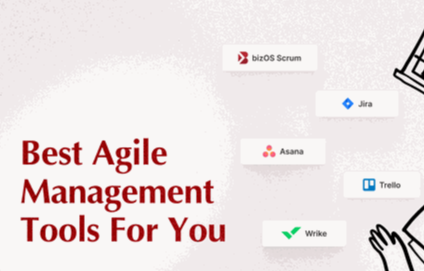
Best Agile Management Tools for You
Dive into the finest Agile Management tools like Jira, Asana...
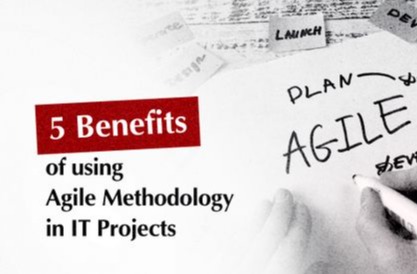
5 Benefits of Using Agile Methodology in IT Projects
Explore how Agile methodology drives operational excellence in IT...
Join us in innovation and technology. Let's make an impact together.
